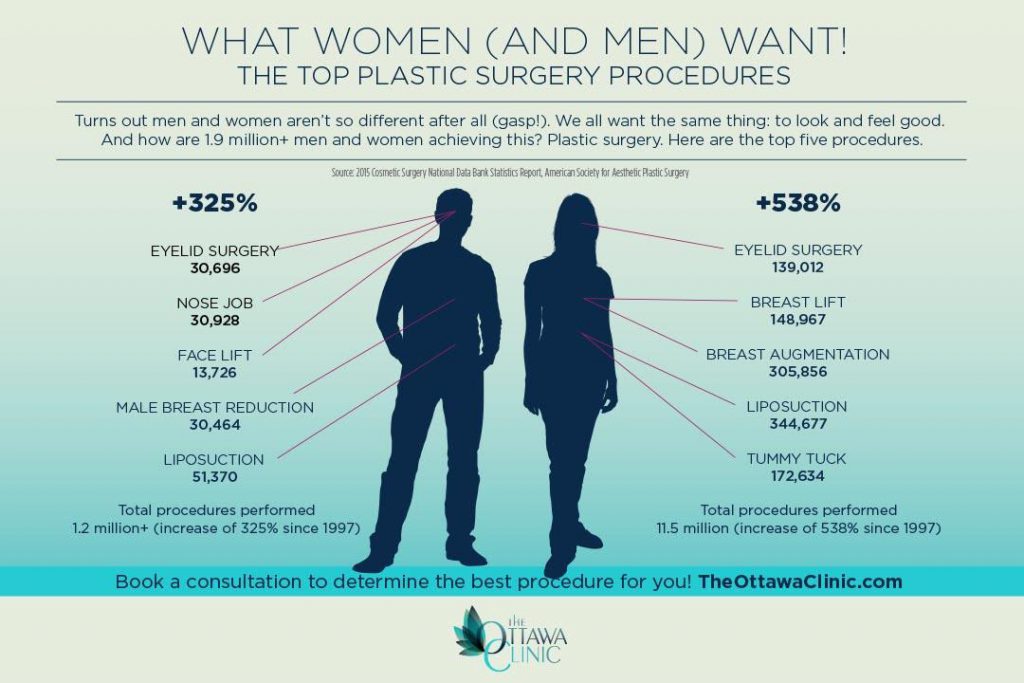Latest Research On Acne Cures
Latest Research On Acne Cures
Blog Article
Acne Therapy - What Are AHAs in Acne Therapy?
AHAs are a vital active ingredient for unclogging pore blockages and lightening up acne-prone skin. They work by breaking down dead skin cell accumulation to advertise more recent, fresher cells, and stopping future blockages.
Developing topical AHAs demands thorough attention to different crucial variables that significantly affect their effectiveness and tolerability. Keeping the optimum pH range, along with car choice and focus, intensifies their exfoliative attributes while mitigating potential unfavorable reactions.
Glycolic acid
Glycolic acid is understood for its light yet reliable scrubing residential or commercial properties, which promote skin's all-natural dropping and loosen up the "adhesive" that holds dead cells externally of the skin. This aids unblock pores and decrease the appearance of fine lines and wrinkles, as well as enhance general skin structure and tone.
Surprisingly, topical glycolic acid has actually additionally been revealed to boost the manufacturing of collagen, which is essential in keeping skin's suppleness and elasticity. It is important to note, however, that because glycolic acid can stimulate the skin's sensitivity to sunlight, it is necessary to use sunscreen when utilizing any type of products including this component.
Dermatologists pay careful attention to the formulation of products containing AHAs in order to optimize their efficacy and tolerability. Creating AHAs with the ideal lorry, in addition to pH and focus factors to consider, permits optimum skin infiltration while lessening prospective unfavorable reactions. This is particularly crucial for patients with sensitive skin, because AHAs are known to be mildly irritating.
Lactic acid
Lactic acid is found in several non-prescription skin treatment items and some stronger professional peels and treatments. It has the most affordable molecular weight of all the AHAs and has the ability to permeate deeper into the skin, where it is more effective at unclogging pores and scrubing.
Like glycolic acid, it additionally promotes collagen synthesis, which assists decrease fine lines and creases and enhance skin structure. Additionally, it has moisture-retention residential or commercial properties, which makes it preferable for drier skin kinds than other AHAs.
The comprehensive body of clinical information confirming the effectiveness of topical AHAs supports their utility in a wide range of skin-related conditions and aesthetic problems. These consist of elaborate skin rejuvenation treatments, depletion of fine lines and creases, lightening of hyperpigmentation, healing intervention for actinic keratosis, and acne management [2] Maximizing the formula of AHAs by balancing pH, focus, and automobile selection better boosts their restorative potential. These mindful factors to consider enable skin doctors to provide safe and reliable therapies that offer superior scientific results.
Mandelic acid
Mandelic acid, stemmed from almonds, is one more member of the AHA family members and is a prominent ingredient in items that assist deal with acne. Its bigger molecular size suggests it permeates the skin more gradually and carefully, which can reduce the capacity for irritation. It's additionally less most likely to activate redness and various other skin sensitivity concerns, making it appropriate for sensitive skin kinds.
Mandelic Acid is thought to help in reducing inflammation and increase hydration. It works by loosening up the bonds between dead skin cells, allowing them to drop and reveal fresher-looking skin. It additionally helps reduce the look of enlarged pores.
Creating topical products with AHAs calls for an accurate balance of crucial factors that substantially impact acne treatment near me their efficiency and tolerability. In particular, the pH of an AHA solution has been revealed to play a crucial duty in its capability to advertise exfoliation and boost skin tone and appearance. Achieving this optimum concentration is a difficult goal and needs thorough interest to the numerous elements that influence the formula procedure.
Citric acid
Citric acid, found in citrus fruits such as oranges and lemons, is a moderate AHA. It's less annoying than glycolic or lactic acid, making it preferable for sensitive skin. It additionally has astringent properties, assisting to dry excess oil.
Like other AHAs, citric acid can be made use of in chemical peels and daily active/maintenance therapies to scrub the skin and promote cell turn over. It can help in reducing the appearance of dark places and hyperpigmentation, as well as fine face lines.
It can also boost the synthesis of glycosaminoglycans, which play an important function in reinforcing the skin barrier function. This aids to avert trans-epidermal water loss, and preserve optimum hydration levels in the skin [35]
AHAs can be integrated with comforting ingredients such as ceramides or hyaluronic acid to enhance their tolerability. They can be included into everyday active/maintenance skin care through cream or lotion solutions. This allows professionals to customize their AHA treatments based on individual demands and preferences, with the versatility of picking from different treatment strengths or focus.